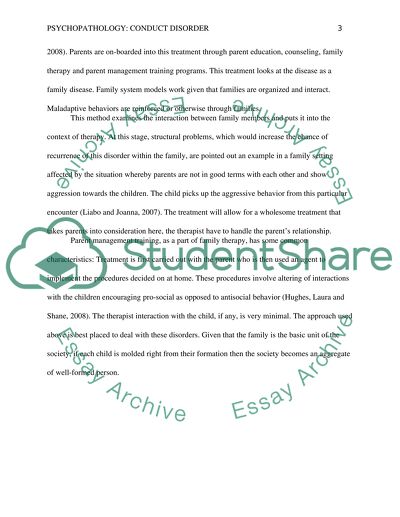Cite this document
(“Psychopathology: Conduct Disorder Essay Example | Topics and Well Written Essays - 1250 words”, n.d.)
Psychopathology: Conduct Disorder Essay Example | Topics and Well Written Essays - 1250 words. Retrieved from https://studentshare.org/psychology/1687566-psychopathology-conduct-disorder
Psychopathology: Conduct Disorder Essay Example | Topics and Well Written Essays - 1250 words. Retrieved from https://studentshare.org/psychology/1687566-psychopathology-conduct-disorder
(Psychopathology: Conduct Disorder Essay Example | Topics and Well Written Essays - 1250 Words)
Psychopathology: Conduct Disorder Essay Example | Topics and Well Written Essays - 1250 Words. https://studentshare.org/psychology/1687566-psychopathology-conduct-disorder.
Psychopathology: Conduct Disorder Essay Example | Topics and Well Written Essays - 1250 Words. https://studentshare.org/psychology/1687566-psychopathology-conduct-disorder.
“Psychopathology: Conduct Disorder Essay Example | Topics and Well Written Essays - 1250 Words”, n.d. https://studentshare.org/psychology/1687566-psychopathology-conduct-disorder.


